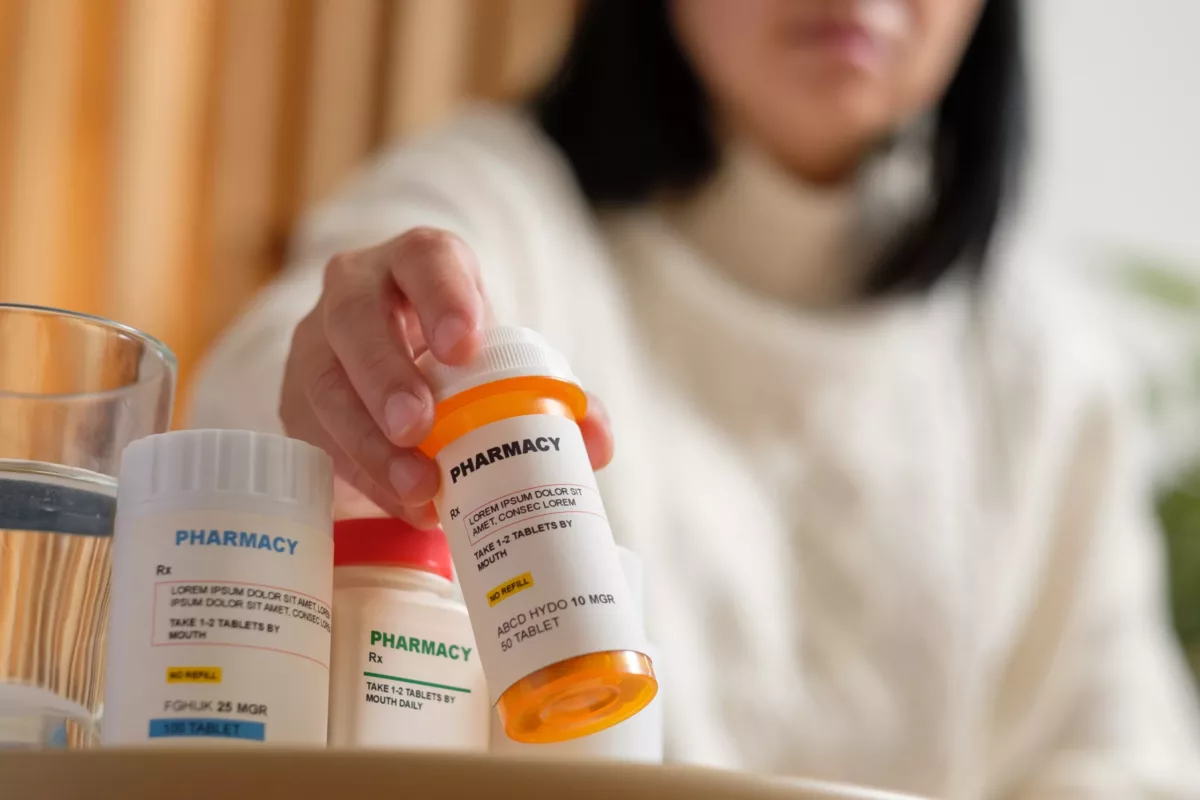A type of chronic (long-term) discomfort or pain that occurs near the outer part of the woman’s genitals (vulva) is called vulvodynia. This condition usually lasts at least 3 months, and often it is not possible to determine the exact cause.
Commonly, burning, irritation, or pain linked with this condition makes you feel uncomfortable when sitting for a long time, and having sex becomes unthinkable. While it often lasts several months, it may last up to years.
Do not hesitate to see a gynecologist if you experience symptoms of vulvodynia. Early diagnosis and treatment may help lessen the pain and discomfort caused by this condition. It also increases the chance of determining the exact cause of the disease.
Symptoms
The primary symptom of this condition is pain in the vulva including the vagina opening. However, this symptom is usually characterized in the following ways:
- Rawness
- Stinging
- Irritation
- Burning
- Soreness
- Sharp or knife-like pain
Sometimes, people with vulvodynia may also experience aching, throbbing, and swelling.
Furthermore, the location and how often the symptoms occur fluctuate among people with vulvodynia. While some of them experience persistent pain, others notice that it comes and goes. When the pain affects the whole vulva, it is called generalized vulvodynia. However, when pain occurs in a certain region such as tissue that surrounds the vagina opening (also known as vestibule) it is called localized vulvodynia. In addition, the localized type of the condition occurs more commonly compared to generalized or other types.
In most cases, the vulva looks typically without any changes, but in some cases, you may notice that it appears slightly swollen or inflamed.
It is advised to see a gynecologist immediately if any of the previous symptoms occur. Your healthcare provider needs to determine whether the cause of pain is treatable or not. Check below some potential causes of pain:
- Sexually transmitted diseases (STDs), including herpes
- Inflammatory skin disease
- Vulvar growths
- Genitourinary syndrome of menopause
- Active infection caused by bacteria or yeast
It is not recommended to try to treat pain if you do not know exactly what condition you are experiencing. For instance, some people think that pain is caused by an infection and get over-the-counter (OTC) medicines to treat it.
Causes
While healthcare providers do not fully understand why it happens, the following factors may contribute to it. Examples include:
- Inflammation (painful swelling) that negatively affects the vulva
- Previous infections of the vagina
- Irritation or injury to the vulva nerves
- Certain genetic disorders
- Allergies
- Hormonal changes
- Muscle weakness or spasm in the pelvic floor. These muscles support the bladder, bowel, and uterus.
Discuss with your doctor for more details.
What Are The Potential Vulvodynia Complications?
Those who do not visit a doctor for a diagnosis and try to treat the pain themselves, or even ignore the symptoms and do not get treatment, may experience some complications. These usually impact mental health, relationships, and other life aspects.
Generally, vulvodynia is linked with certain mental disorders (such as anxiety and depression) and reduced sexual desire. Usually, people with this condition experience pain during sexual activity, which may lead to vagina muscle spasms (also called vaginismus). Moreover, people with this condition may feel ashamed and have low self-esteem.
In severe cases, pain caused by vulvodynia may interact with your daily routine (such as work) and social life as well. If you are diagnosed with this condition, discuss with your doctor about ways to reduce the risk or prevent complications.
Diagnosis
Usually, this condition is diagnosed by performing the following tests. However, gynecologists usually begin with questions about the symptoms and your medical and sexual history. Check below some tests often used to diagnose vulvodynia:
- Pelvic examination – During this procedure, gynecologists check for abnormalities linked with the disease. However, they can get a small sample of cells from the vagina and test them for infections. Sometimes, gynecologists may insert a gloved finger into the vagina to check the muscles of the pelvic floor for irregularities.
- Cotton swab test – This test involves a moistened cotton swab to check the vulva areas that cause pain. When these areas are identified, physicians may ask you how much it hurts.
- Biopsy – When the skin of the vulva appears different, physicians may take a small sample of affected tissue and test it in the laboratory.
- Blood tests – In such cases, these tests are done to check levels of different hormones, including Estrogen, Progesterone, and Testosterone.
Treatment
The treatments prescribed by doctors for people with vulvodynia are often different because they depend on multiple factors. These include the severity of the condition, overall health, age, and preferences. In most cases, it may take time to find the best treatment for you. Check below some treatment options usually recommended by doctors:
Medicines
These include:
- Antidepressants or anticonvulsants – These groups of medicines are often recommended for people with vulvodynia to lessen chronic pain. In some cases, doctors may prescribe antidepressants that come in creams.
- Local anesthetics – This group of medicines is often used to relieve pain for short periods. Physicians usually recommend Lidocaine ointment, which is put on the vulva. You can use it before sexual activity to make it more comfortable.
- Nerve blocks – There are certain shots that can block certain nerves that are sensitive to pain.
- Hormone creams – Some people develop this condition and symptoms due to hormonal changes. Therefore, physicians recommend some creams that contain Estrogen or Testosterone (sometimes) to relieve the symptoms.
- Antihistamines – These medications are used to treat allergies.
Therapies
Commonly, physicians recommend both physical and talk therapy for people with vulvodynia. Check below some examples:
- Pelvic floor therapy – In most cases, people with this condition have tension in the pelvic floor muscles. These muscles support the bladder, bowel, and uterus. Therefore, such people usually need specific exercises to stretch and relax the muscles. It may help lessen pain caused by the condition.
- Cognitive behavioral therapy – This treatment option involves specific techniques that help cope with negative thoughts linked with the condition and symptoms that it causes. Sometimes, vulvodynia happens due to previous relationship problems or trauma.
- Couples therapy (also called sex therapy) – During this therapy, physicians will teach you how to communicate with your partner better and build intimacy. It may help reduce the fear of pain during sexual activity.
Surgery
Healthcare providers usually recommend surgery when pain spreads to the vestibule (tissue that surrounds the vagina opening) or when other treatments do not work. However, discuss with your healthcare professional the risks of benefits before choosing this treatment option.
Frequently Asked Questions
What happens if vulvodynia is left untreated?
It is not recommended to ignore the symptoms and not get treatment because it may lead to unpleasant outcomes and reduced quality of life. Commonly, people with vulvodynia experience depression and anxiety, but may experience other complications as well. For more details, discuss it with your doctor.
What is the difference between vulvodynia and vestibulitis?
Persistent pain in the vagina opening is often caused by vulvodynia, but vestibulitis is associated with redness and inflammation in the opening of the vagina. If you think you have any of the previous conditions, do not hesitate to see a doctor.
What can be mistaken for vulvodynia?
Certain conditions can be mistaken for vulvodynia. Examples include:
- Yeast infections (such as candidal vulvovaginitis)
- Bacterial vaginosis
- Urinary tract infections
- Psychological problems
- Sexually transmitted diseases (STDs)
- Pelvic floor muscle dysfunction
- Genital herpes
- Lichen planus
This article does not contain all possible conditions that can be mistaken for vulvodynia. Ask your healthcare provider if you have additional questions.




